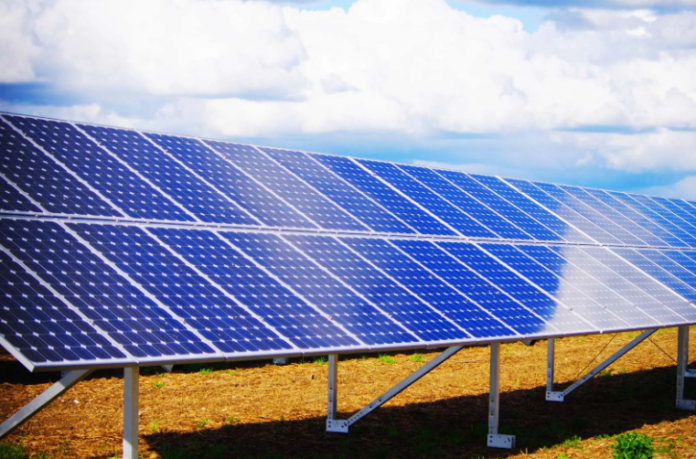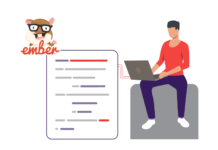To decide on any new expenditure, you need to know if it’s worth it. Straightforward advice is hard to come by. The internet contains spurious stories, personal accounts, and little facts. And many companies are looking to sell you something based on a few line items of information.
While installing solar panels may appear expensive at first glance, the costs and savings associated with having solar panels are often overlooked. Read on to learn how much you save after installing solar panels.
How Much Money Do You Save With Solar Panels?
Solar panels can save you a lot of money. The power your home uses is determined by how many people live there, how much electricity they use, and how sunny it is outside. If your home has two or three occupants and sunny weather all year long, you will use a lot more electricity than someone who lives in an apartment with no neighbors for miles.
For instance, the average home in the United States uses about 10,649 kilowatt hours of electricity each year.
When deciding between installing solar panels on your roof and buying electricity from the grid, it’s essential to factor in the annual increase in utility costs. An average annual increase of 1.3% in electricity prices is across the country during the previous decade. An additional benefit of solar power is protection from rising utility rates. By producing one’s electricity using a rooftop PV system, one can avoid fluctuations in energy expenses caused by changes in utility rates.
Due to solar’s nature investment, the costs connected with a solar system are the initial outlay for the system’s installation and any additional electricity bills incurred if panels fail to balance your electricity consumption. Your PV system’s success depends on the accuracy with which you estimate those needs; you can predict the number of solar panels you’ll need by using a simple calculation.
What Is the Cost of Installing Solar Panels?
The cost of installing solar panels depends on your system’s size and the type of panels you want. The average cost of a solar system is $10,626-$26460, according to HomeGuide.
The cost of installing solar panels varies depending on whether you want a residential or commercial system and whether you need to get permits from your local government. In addition, if you have an existing roof, it will be much cheaper to install solar panels than if you have no roof.
Do Solar Panels Help the Environment?
Solar panels, or photovoltaics, convert sunlight into electricity. There are many interconnected solar cells in a panel. These cells use light to create electricity via the photoelectric effect.
The main benefit of solar panels is that they don’t require fuel to run them, which means there’s no pollution from burning fossil fuels. Because they don’t produce any waste products, they also help reduce global warming by reducing carbon emissions.
Solar panels are also for other purposes besides generating electricity. For instance, some models have a design to capture moisture and heat from the sun for heating systems or water purification plants.
They also help the environment by providing power in places where it’s not easily available. If you live in an area that doesn’t have access to electricity, or if you live in a remote area far from power lines, solar panels can provide you with the energy that you need. Solar panels require much less maintenance than other energy sources, making them more environmentally friendly.
Do Solar Panels Affect Electricity Supply
Solar panels do not affect the electricity supply if they fit correctly. The reason for this is that solar panels generate electricity, but they do not consume it. Therefore, if solar panels generate more energy than what is being consumed by the home or business, then the excess energy is exported to the grid via a power inverter.
How Long Will It Take to Get Back Your Investment In Solar Panels?
The length of time it takes to recoup your investment depends on a lot of factors. If you’re looking for a quick return, solar panels may not be for you. But if you’re willing to invest in a system that can give you years of power, it’s possible to see your investment pay off quickly.
It means that if you put $11,000 into your solar panels, you should expect to see a return within seven years, and if the investment is about $26000, then the return will be within 12 years.
However, some factors can affect how much money you recoup in that period. For example:
- How much energy your panels produce and how often they generate power varies from location to location and season. So you may get more or less money than what’s listed above.
- You may also want to factor in the cost of electricity over this period. If your municipality charges more per megawatt hour than what’s listed here, you could lose money because of rising electricity costs.
Most solar systems only operate when there’s sunlight available. That means they need to receive enough sunlight throughout the day to provide energy for your home or business. The sunlight on a given day depends on where you live and the time of year. If you live in an area with more than 20 hours per day of sunshine, then there’s no problem—you can expect to get at least 30% of your electricity from solar panels. However, if you live in less than 20 hours of sunshine per day, you may have trouble getting enough solar energy from your panels to make up for what you need from other sources (like fossil fuels).
Solar power is rising, but the question of cost remains a primary concern for many people. As more Americans turn to solar panels to generate electricity, researchers continue examining the long-term economic incentives of using this renewable energy source. The key to making solar panels a sound investment is to consider your home’s location and average utility bills over the lifetime of owning them.
































